How to Check on Your Child’s Emotional Health
In an effort to alleviate the emotional toll the pandemic has had on its young Members, Boys & Girls Clubs of Sonoma-Marin has introduced new tools to teach kids how to understand and self-regulate their feelings. One such tool, The Zones of Regulation, has become a daily fixture at the Clubs, with immediate positive results.
The Zones of Regulation is a trauma-informed framework that guides youth in developing a deep sense of emotional self-awareness. Through engagement in self-reflection exercises and intentional practices using calm down tools, youth strengthen their ability to self-regulate and control their emotions as they arise.
At the Clubs, a brightly colored “Zone Board” hangs at the eye level of youth divided into four color areas, based on different emotional zones. Each board has a sign above it that reads: How are you Feeling today? Upon arrival, each child can place a pin or decorated avatar with their name in the zone that matches their current feelings, and are encouraged to move their name around the board through the day if their feelings change. Next to the board is a list of coping skills and tips that the Club Member can use to help self-regulate, including taking a walk, asking for help, and participating in yoga and breathing exercises.
“We were seeing challenging behaviors escalate as Members struggled to cope with the anxiety and stress of distance learning”, said Katie Welch, Director of Program Services for Boys & Girls Clubs of Sonoma-Marin. “We made the decision early on to honor the emotional well-being of our Members above all else, and sought out trauma-informed resources to guide our work. The Zones of Regulation is a tool we put into practice immediately. We are seeing a huge difference in our Members since we did!”
Each Club has put their own creative twist on the Zones to match their Members’ interests. One Club’s board is inspired by Disney-Pixar's film Inside Out, while another includes elements from the popular online game, Among Us.
“My favorite thing is that Members are beginning to internalize the skills we are practicing”, said Welch. “Last week we had a Member reach a new level on his reading comprehension app and went right over to the Zones chart and moved his marker to express his excitement. This is a Member who refused to participate in this app a few weeks ago and would throw his computer when it was time to work on it. This time, he made it through the work, and used the Zones as way to celebrate his success.”
